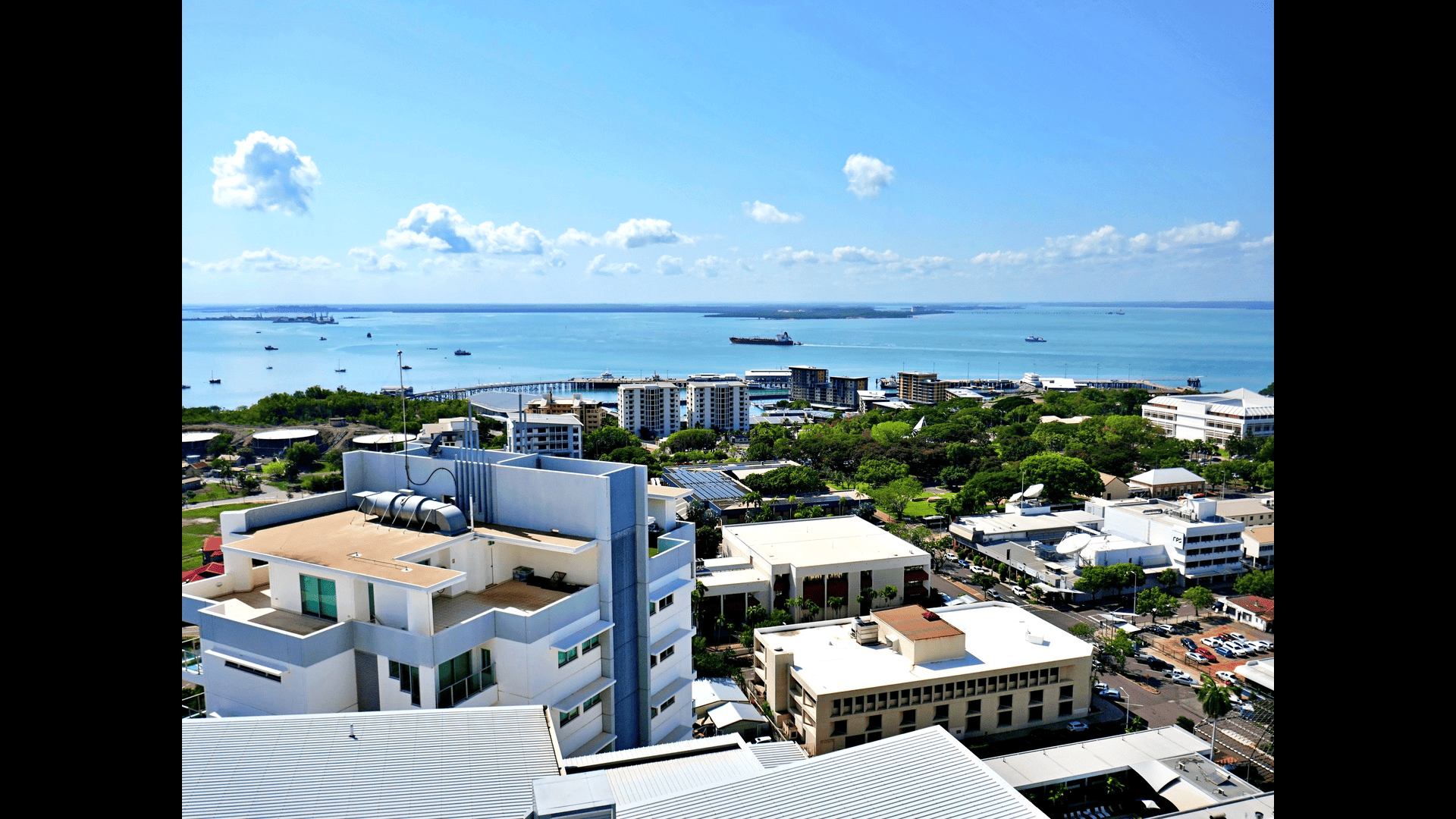
Money.com.au has released the latest edition of its First Home Buyer Mortgage Insights report, highlighting key trends in Australia’s first home buyer loan market.
See the full report on our website.
FHB lending remains flat despite rebound from 2023 trough
First home buyer (FHB) lending has flatlined, with loan growth rising just 0.2% in the year to June 2025, totalling 123,363 loans nationwide.
FHB loan numbers remain 31.7% below their year to September 2021 peak, when record-low interest rates fuelled a surge in first home buyer activity and 180,699 loans were issued.
However, since the trough in the year to September 2023 — when only 114,639 loans were issued during the RBA’s aggressive rate-hike cycle — FHB lending has rebounded 7.6%.
Money.com.au’s Property Expert, Debbie Hays, says the rebound is likely to gather pace following the expansion of the First Home Guarantee scheme.
“The scheme’s expansion will likely boost demand and support continued growth in the first home buyer segment in the short term. But as more first home buyers rush to take advantage of it, competition will intensify and that could end up pushing prices higher and locking out the very group it’s meant to help,” she says.
Notably, Queensland and Victoria were the only major states to buck the national trend, recording positive annual growth in total first home buyer loans — up 4.5% and 3.5% respectively.
Victoria leads the nation in FHB owner occupier activity
Annual growth in first home buyer owner occupier lending fell to 1.3%, with 116,280 loans issued. However, volumes remain 8.1% higher than the year to September 2023 trough, when RBA rate hikes locked many first home buyers out of the market.
Victoria continues to dominate the first home buyer owner occupier market, accounting for one-third (33%) of all national FHB loans. The state recorded 38,472 loans in the year to June 2025 — up 4.6% annually — and the largest increase in absolute terms nationwide, adding 1,707 loans year-on-year.
“Victoria is the most accessible market for first home buyers in the sense that it has the smallest average loan size among the Eastern states, stamp duty exemptions across property types and a large share of buyers entering through Melbourne’s outer suburbs, where new developments are affordable by today’s standards,” says Debbie.
Queensland, meanwhile, led the nation for growth rate, with first home buyer owner occupier lending up 6.1% year-on-year to 22,912 loans, the fastest percentage rise among the major states. Yet, first home buyers still make up the smallest share of the owner occupier market in Queensland (32.1%).
In contrast, Western Australia recorded the largest decline in first home buyer owner occupier lending, down 7.5% year-on-year.
FHB investor activity slumps nationwide
First home buyer investor loan numbers were down 14% year-on-year, to just 7,083 loans in the year to June 2025 — the lowest level recorded since the year to June 2023.
Despite the decline, investor participation within the FHB segment remains broadly steady. Investment loans accounted for 5.7% of all FHB loans, sitting comfortably within the historical range of 4.8–7.1% seen since 2021.
All states recorded an annual decline in first home buyer investor lending, with the most notable falls in Victoria (–18.5%), South Australia (–17.1%) and Queensland (–15.8%).
Notably, FHB investors remain concentrated in New South Wales, which accounts for 35.2% of all first home buyer investor loans nationally. This is well ahead of Victoria, the next largest state with 21.8% of the national market.
Debbie says the concentration of FHB investors in NSW reflects the state’s high property prices and the growing popularity of rentvesting.
“Many first home buyers are priced out of Sydney and parts of NSW, which means the only way to get a foot on the property ladder is to rentvest. Buying where they can afford and renting where they want to live has become the most practical path into the market,” she says.
First home buyer loan sizes up fivefold compared to loan growth
The FHB owner occupier loan size grew at a rate of five-to-one compared to loan numbers — 5.2% versus 1.3%. In other words, for every 1% increase in the number of FHB owner occupier loans issued, the average loan size rose by around 5%.
The average FHB owner occupier loan size rose 5.2% year-on-year to $544,480, outpacing growth in the average FHB investor loan size, which increased 4.4% to $576,437.
Despite having the smallest average loan size of the major states, Western Australia led the country for growth in first home buyer mortgage sizes — rising 12.5% for owner occupiers and 13.9% for investors.
Debbie says there’s a lower entry point in WA for first home buyers thanks to smaller loan sizes, but the double-digit growth signals that ‘affordability edge’ will start to disappear.
“WA’s affordability advantage is shrinking fast. In inflated markets like this, rapid growth in borrowing values points to early signs of affordability strain,” she says.
All other states also saw average loan sizes rise, except Victoria, where the average FHB investor loan fell slightly, down 1.5% from $544,110 to $535,992.






